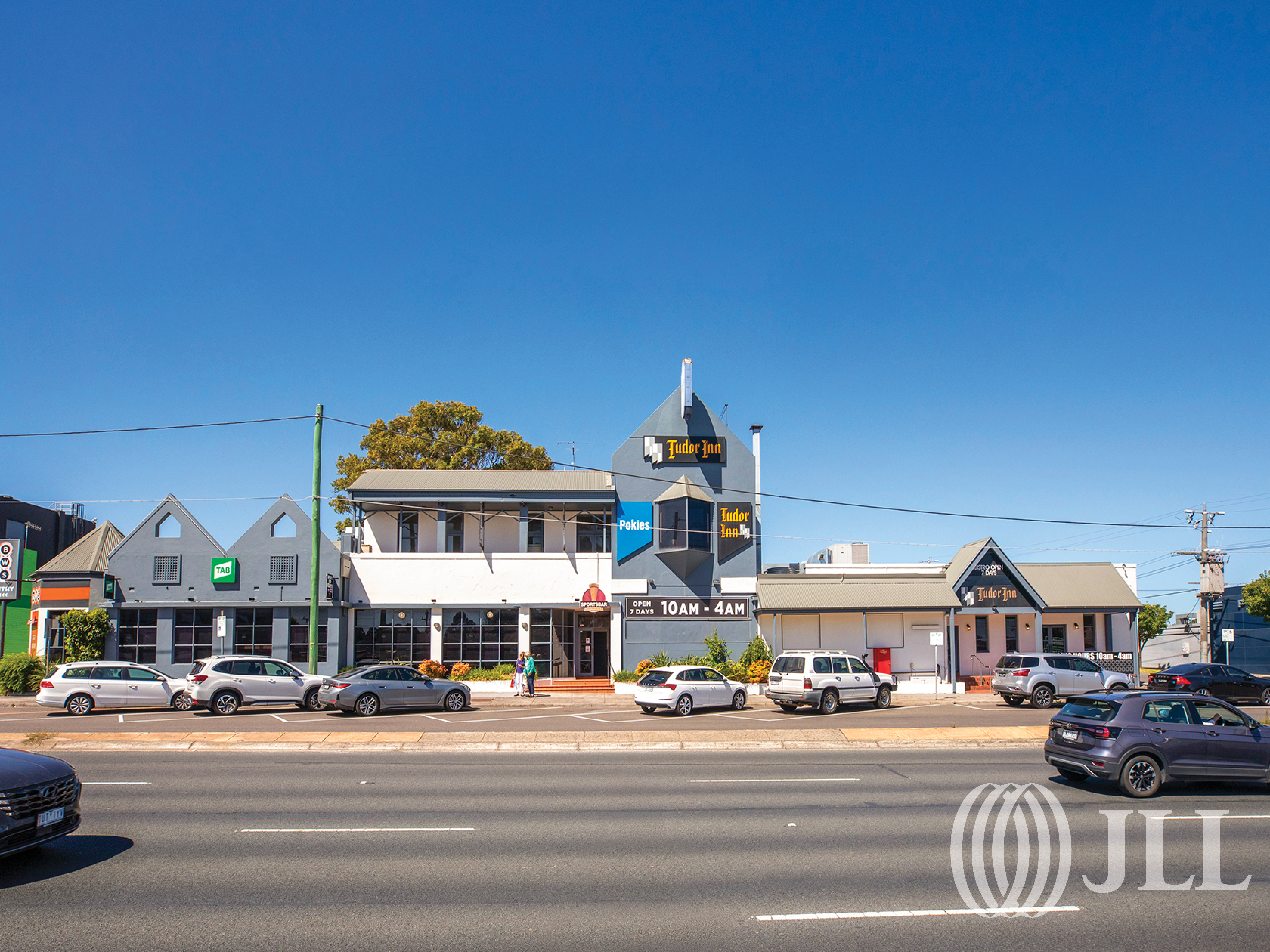Grocers are playing click-and-collect catch up
Hybrid shopping takes over as the new era of grocery apps reshapes the consumer experience
As the world adapts to the hybrid way of working at the office, it's also at the core of how we shop for groceries, opening doors to a new era of convenience and choice.
According to a recent PYMTS study, nearly 40% of consumers buy groceries through a mix of in-store and online shopping. Grocers are placing significant investments in perfecting their hybrid shopping strategies to provide consumers with a seamless experience, from handpicking specific products to a smooth checkout process.
“It’s all about taking some of the elements consumers favor from both experiences and blending them,” says Josh Broehl, JLL Design Solutions senior vice president and managing director. “For example, in store the checkout process has become cumbersome and consumers who use mobile pick-up desire that same frictionless experience in store. Using technology to create scan and go technology in store is one way to blend the experiences.”
Part of the shift is down to playing catch up. Because grocers were behind in mobile technology pre-pandemic, a lot of investment is going toward bettering their click-and-collect mobile platforms, according to JLL’s 2023 Retail Grocery Outlook.
“The need for grocers to respond by rethinking their space plans is a requirement,” says Emily Miller, JLL Design Solutions, senior vice president of strategy and insight. “You can’t satisfy your customer needs without a solution for click and collect today. Almost every consumer wants that solution.”
Looking for more insights? Never miss an update.
The latest news, insights and opportunities from global commercial real estate markets straight to your inbox.
Hybrid store design
Whether it’s waiting for employees to push large carts through narrow aisles as they fulfill click-and-go orders or circling the parking lot a few times because the designated pick-up area is congested, consumers are pressed by old-school grocery store designs.
“Just like the hybrid worker, what hybrid consumers want from each experience varies greatly,” Miller says.
In-store shoppers favor a more experiential approach to buying their groceries. And legacy stores were designed for that journey, says Broehl.
Today, they need to incorporate a well-defined retail design strategy to tackle this challenge. Because when you add elements of mobile shopping to that footprint—remember the congestion in narrow aisles—it’s far tougher for consumers to navigate.
Investment Opportunities
However, that same shopper favors an entirely different experience when they place a mobile pick-up order.
While in-store shoppers tend to appreciate the adventure of strolling through the aisles, the mobile app user prefers speed and convenience. But, when it comes to mobile platforms, the experience is rarely seamless and often wildly different from the reality shoppers undergo, Miller says. They’re facing issues ranging from not being able to use coupons easily to not being able to make live adjustments to orders.
“Consumers want everything to be seamless—no matter where they’re shopping,” she says.
A blended experience
This blended approach to consumer shopping leads to conversations about how best to adapt and convert a legacy store, says Broehl. “And just like the office, there isn’t a one-size-fits-all approach,” he adds.
In stores, Broehl says grocers are investing more in wayfinding, whether signage, architectural features, or even coloration on buildings. Walmart, for example, he said, has made strides in calling out parts of their store as designated pick-up through architectural features and coloration. Hence, customers know exactly where to go when they arrive on site.
Consumers also desire consistency in the technology they use in and out of the physical store.
Imagine if you took the efficiency of a drive-thru and a major distribution warehouse and stuck them together. That’s the sort of mobile venture grocery shoppers expect.
“What a lot of mobile platforms fail at is creating that sensory experience customers still highly value,” Miller says.
But grocers are trying to tackle these concerns. For example, Southeastern Grocers, the holding company of popular chains such as Winn-Dixie and Harvey's, has taken the initiative to develop its own e-commerce service. This service lets customers access the latest pricing information, place orders online, and even explore convenient curbside pick-up options.
In the realm of grocery retail, Walmart holds the top position as the leading seller of groceries in the United States, commanding a significant share of total dollars spent. Recently, Walmart unveiled an innovative app feature called "Text to Shop," which allows consumers to conveniently place their product orders using simple text messages.
Meanwhile, Target, another major player in the retail industry, conducted a successful trial and is now gearing up to launch "drive-up returns." Taking customer convenience to the next level, this service includes the added perk of bringing Starbucks directly to your car.
Recently, after receiving $10.1 million in seed funding, grocer Addie’s opened its first pick-up-only concept in Massachusetts, according to Forbes.
“As consumer data continues to build and AI technology continues to improve, we’ll see greater opportunity in developing shopping lists and anticipating shopping items,” Broehl says. “If technology can auto-populate that list, and the customer can edit from there, then most of the work has already been done for them, which improves the overall experience.”
Contact Josh Broehl
JLL Design Solutions senior vice president and managing directorWhat’s your investment ambition?
Uncover opportunities and capital sources all over the world and discover how we can help you achieve your investment goals.




